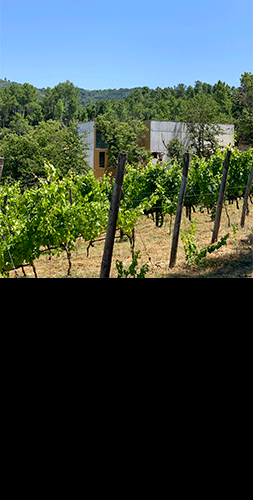Do you believe that painting should show what is beautiful?
Sometimes it hurts a great deal to paint what is beautiful, not least because you need to summon up painful memories. I paint the dream, what people would like to be and should have the right to be.
Basically, you paint what Utopia would be like?
(he laughs) Maybe… But it is also to show that the world isn’t perfect and that, to be perfect, it should be as it is in the paintings.
Is this all influenced by your childhood?
I paint many birds, many cages, tin guitars, midnight moonlit serenades. They are all pillars of my memory, of my childhood and of when I was growing up.
Would you change anything about your childhood?
No, I wouldn’t change a thing. I look back on it with pleasure and with a touch of nostalgia. I like to quote the song by Mercedes Sosa, which has a verse I identify with a lot: «Gracias a la vida, que me ha dado tanto» [«Thank you life, for giving me so much»]. Life has given me everything; I was an extremely happy child and adolescent.
Beyond your childhood in Mozambique, what influences you the most?
I am a man from Mozambique. I grew up there and I studied there, but every day something new comes along. This entire experience in Europe has made me absorb some things. My painting hasn’t become European, but it has been influenced by my European experience.
Do you visit Mozambique still?
The last time I went was five years ago, when I was invited to do an exhibition there. Getting there costs so much money.
Do you still have new ideas with ease?
Yes, because life brings new ideas with each day that dawns. New friends, old friends that meet up again, weddings… I have been married four times and in the end there is always the heartbreak of separation, followed by a renovation and, often, a new passion that brings an outpouring of creativity. Things happen in day-to-day living.
Do you paint every day?
I dabble a little every day: I do some drawings, some scribbles. The hand requires daily training; this is a must.
What exhibitions are you most proud of?
All of them. But at the same time they all leave me a touch unsatisfied. It has nothing to do with being discontent with something, it is being left with the feeling that there is always something besides. On the day I look and feel that is all done, I pack away my brushes and it’s over. I like to exhibit, it’s always a challenge and it always scares me a little; there is always a judgement, an assessment.
Are you interested in knowing what people think when they look at your paintings?
The paintings need to be able to engage with people, to have their own voice. And sometimes strange things happen: I have seen small children, who come with their parents, and then they don’t want to leave, perhaps attracted by the colours; I have also seen people stood before a picture and cry. And then I know that that painting has said something to that person.
Is exhibiting your paintings like revealing your soul?
When you exhibit you expose yourself. You are stripped bare of any lies. Art isn’t taught; it’s personal and can never be based on lies. In art, everything that isn’t honest isn’t art.













